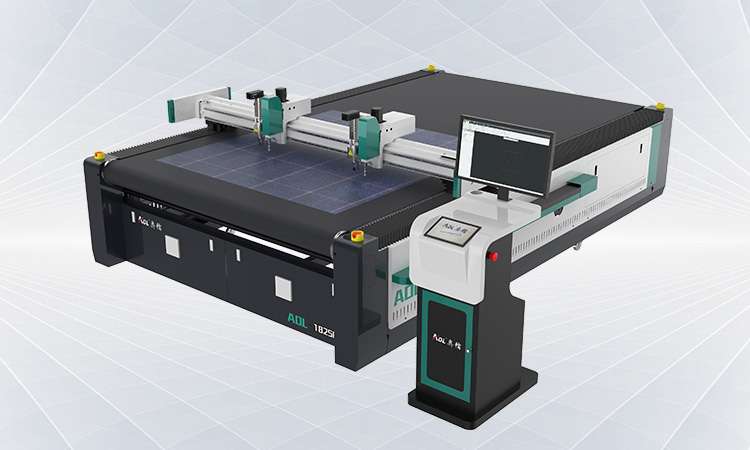
In today's rapidly evolving manufacturing and crafting industries, the choice of cutting machines plays a pivotal role in determining efficiency, precision, and cost-effectiveness. Among the various options available, vibrating knife-cutting machines have gained significant attention for their unique capabilities and applications. In this comprehensive guide, we will explore how vibrating knife-cutting machines compare to other cutting machines, shedding light on their advantages, disadvantages, and the specific scenarios in which they excel.
Before diving into the comparison, let's start by understanding what vibrating knife-cutting machines are and how they work. Vibrating knife cutting machines, also known as oscillating knife cutters, utilize a rapidly oscillating blade to make precise cuts in various materials. This cutting mechanism provides a versatile and efficient solution for the textile, automotive, aerospace, and packaging industries.
Now, let's compare vibrating knife cutting machines with some other popular types of cutting machines:
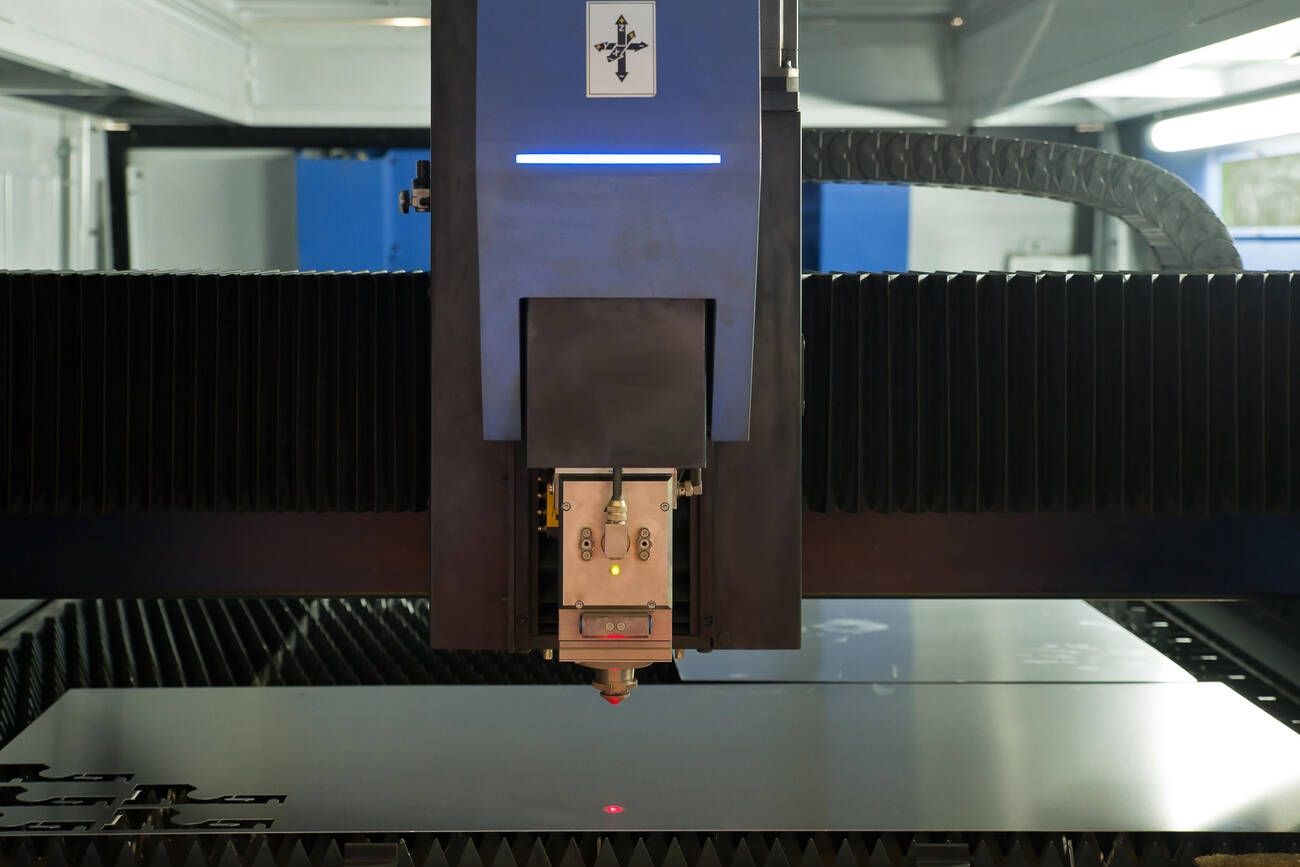
i. Exceptional precision, especially for intricate designs.
ii. Minimal material waste due to the narrow kerf width.
iii. Suitable for various materials, including metals and non-metals.
i. High initial cost and maintenance expenses.
ii. Limited cutting depth for certain materials.
iii. Risk of thermal damage to some materials.
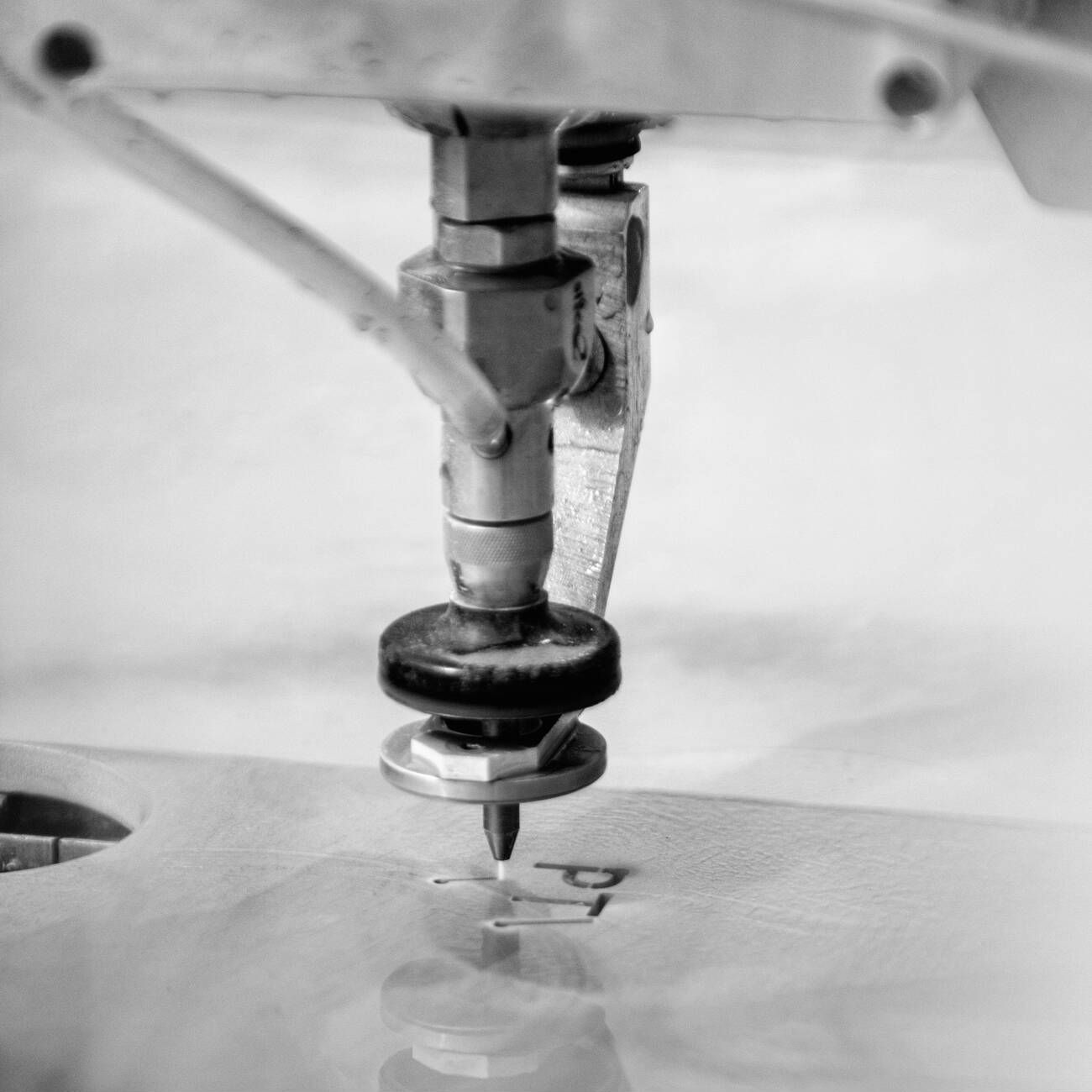
i. It can cut many materials, including thick metals and heat-sensitive materials.
ii. Cold cutting process reduces the risk of material distortion.
i. High operating costs due to water and abrasive consumption.
ii. Slower cutting speeds compared to other methods.
iii. Complex setup and maintenance requirements.
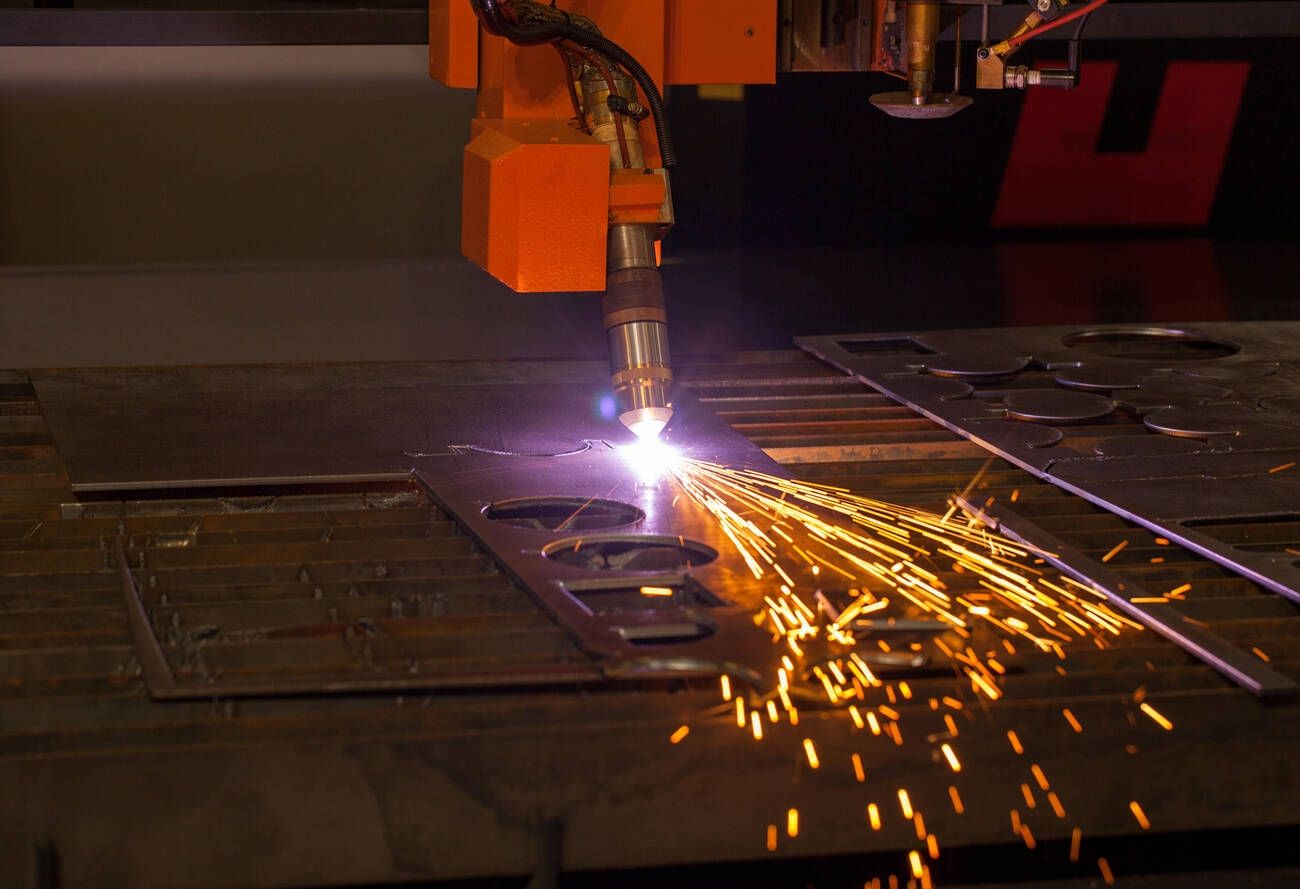
i. High cutting speeds, especially for metals.
ii. Suitable for thick materials.
iii. Minimal heat-affected zone in metal cutting.
i. Limited precision for intricate designs.
ii. Generates noise and fumes.
iii. Requires proper ventilation and safety precautions.
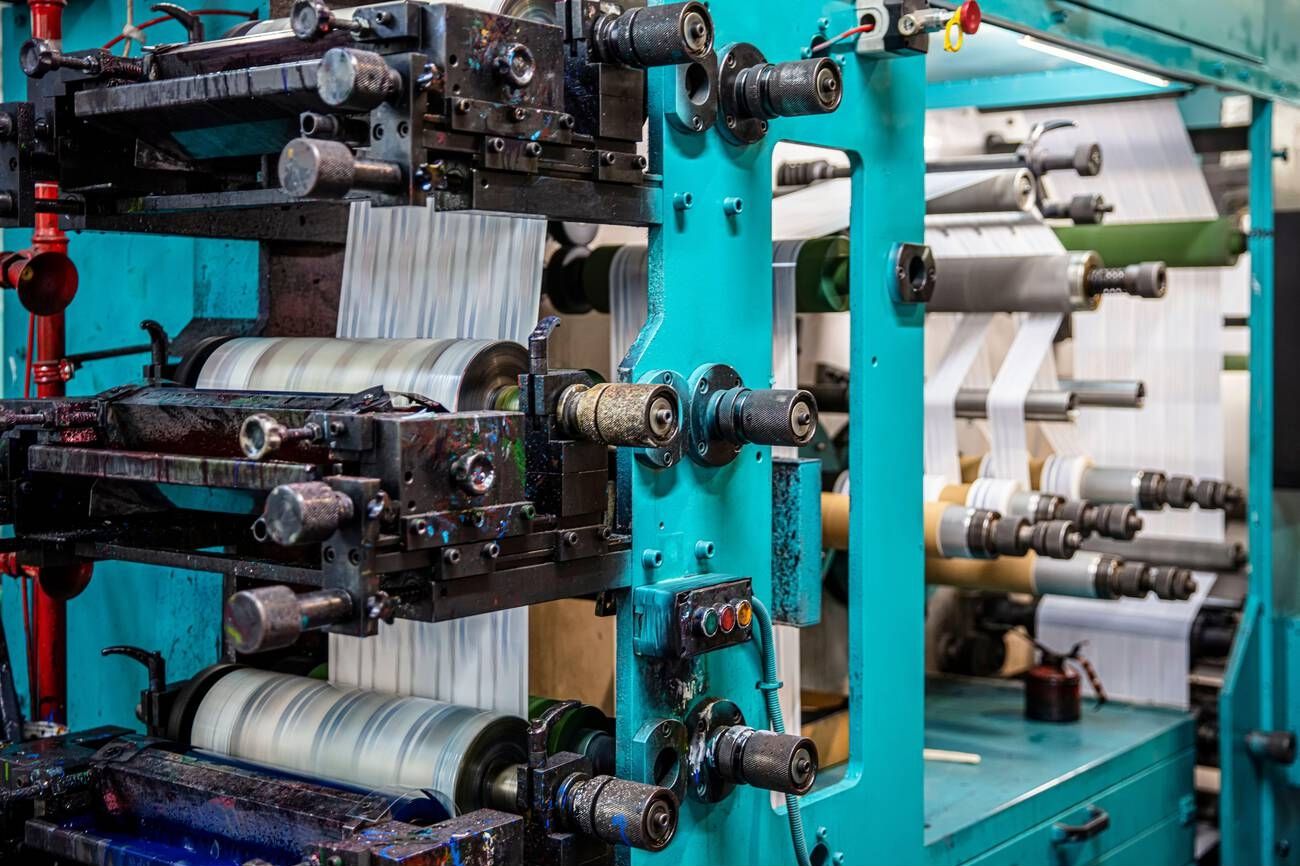
i. Efficient for high-volume production of identical shapes.
ii. Low operating costs for mass production.
iii. Suitable for paper, cardboard, and certain plastics.
i. Limited versatility for custom or complex shapes.
ii. Expensive tooling and setup for each design change.
iii. It is not ideal for thick or rigid materials.
In conclusion, vibrating knife-cutting machines offer a unique set of advantages in cutting technology. Their versatility, precision, and speed make them a compelling choice for industries requiring a wide range of materials to be cut accurately. However, it's essential to consider the specific needs of your project or production process when choosing a cutting machine, as each type has its strengths and weaknesses.
Ultimately, the decision should be based on material type, budget constraints, required precision, and production volume. You can choose between vibrating knife-cutting machines and other cutting methods by carefully evaluating these factors, ensuring your operations run smoothly and efficiently.